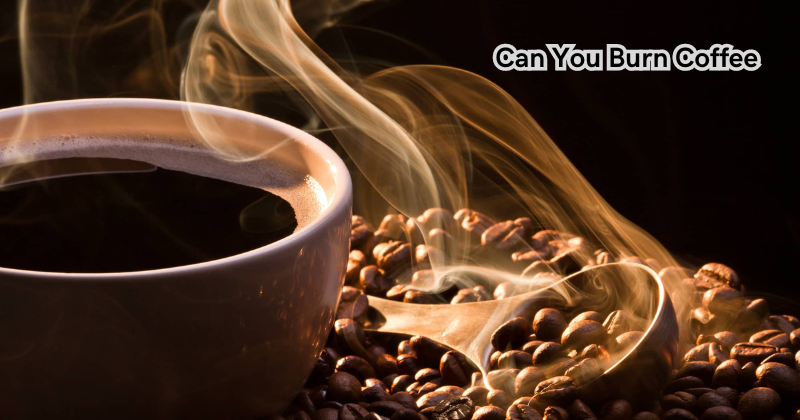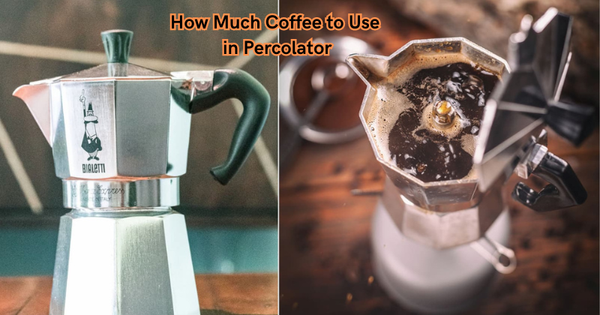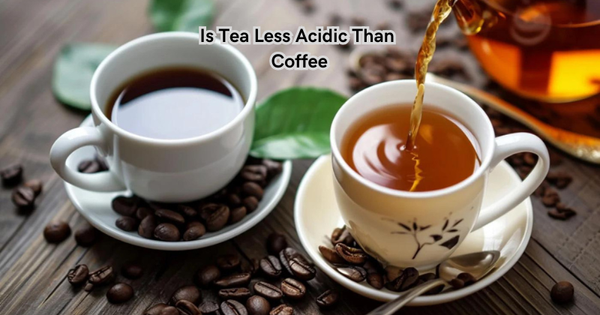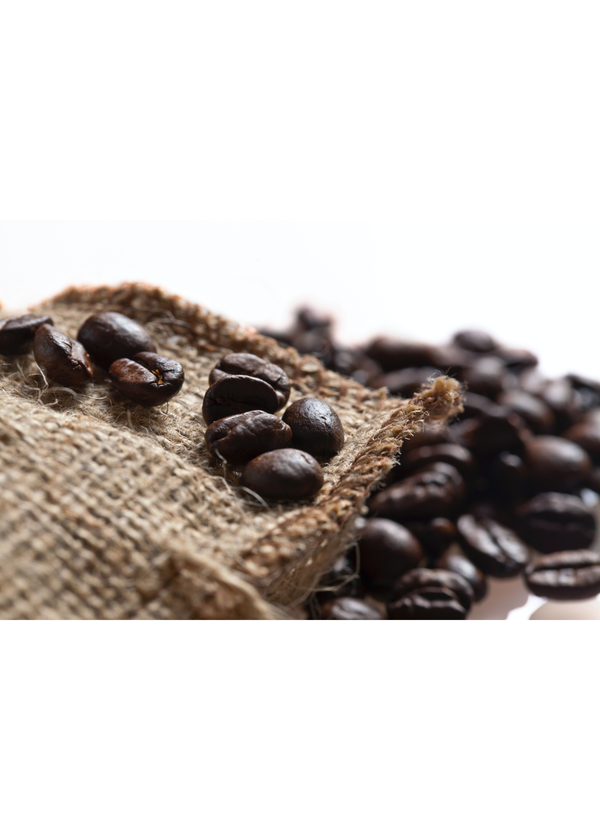While the notion of burning coffee may seem counterintuitive, it's rooted in the nuances of coffee roasting. Roasting coffee beans involves applying heat to transform their flavor, aroma, and color. However, if this heat is not carefully controlled, the beans can burn, leading to various unfavorable consequences.
Understanding burnt coffee's potential and implications is crucial for coffee enthusiasts and industry professionals. From the impact on flavor profiles to considerations of health and quality, delving into the intricacies of burning coffee sheds light on the art and science of crafting the perfect cup of joe.
The Science Behind Roasting Coffee
To understand the concept of burning coffee, it's essential to first grasp the science behind roasting coffee beans. During the roasting process, green coffee beans are heated to high temperatures, which causes them to undergo numerous physical and chemical changes. These changes ultimately determine the flavor profile and aroma of the final product. However, these transformations are delicate and require precise temperature control for optimal results.
The roasting process involves three phases: drying, browning, and development. During the drying phase, moisture is removed from the beans through evaporation. Next comes the browning phase, where sugars and amino acids react to produce new flavor compounds that give coffee its distinct taste. Finally, during the development phase, the coffee beans undergo further chemical reactions that darken their color and create more complex flavors.
Can You Burn Coffee Beans?
While coffee beans do not technically "burn" in the traditional sense, they can become charred and over-roasted, resulting in a burnt taste. This can happen when the roasting process is prolonged or when the temperature is too high for an extended period. The heat causes the oils within the beans to break down, leading to bitter and ashy-tasting coffee.
The burnt flavor can also be caused by using low-quality beans that contain defects or impurities. These imperfections can cause uneven roasting and unpleasant taste in the final cup of coffee. Additionally, over-extraction during brewing can lead to a burnt taste, as the bitter compounds are released from the beans.
Factors Influencing Coffee Burning:
Several factors can contribute to coffee burning, highlighting the delicate nature of coffee roasting. Here are some of the key elements that can influence whether your coffee ends up burnt or perfectly roasted:
OVER-ROASTING:
As mentioned earlier, over-roasting can lead to burnt-tasting coffee. This can happen when the roasting process is prolonged or when the temperature is too high for an extended period. It's essential to watch the beans closely during roasting and adjust the temperature accordingly. The taste of burnt coffee can also be avoided by using a reliable thermometer to monitor the heat.
How can one prevent this
To prevent over-roasting, it's crucial to monitor the temperature and time carefully. Having a roaster with precise controls is also beneficial in achieving the desired roast level without burning the beans.
BEAN QUALITY:
Using low-quality beans can result in an unsatisfactory cup of coffee due to defects or impurities within the beans. These imperfections can cause uneven roasting, leading to a burnt flavor. It's crucial to source high-quality beans for the best results. Fresh coffee beans are also essential, as older beans can lose their flavor and become more susceptible to burning. Coffee grounds that appear oily or have a pungent smell can also be signs of low-quality beans.
How to prevent this:
It's essential to purchase coffee beans from reputable sources and to check for any defects or impurities before roasting. Additionally, ensuring that the beans are fresh and stored correctly can also help prevent burning.
EQUIPMENT:
The type of equipment used to roast and brew coffee can also impact the potential for burning. For example, drum roasters allow for more even heat distribution, reducing the likelihood of over-roasting. Similarly, investing in a quality grinder and brewing equipment can also contribute to a better-tasting cup of coffee.
The Effects of Burnt Coffee:
While some may enjoy the smoky and bitter taste of burnt coffee, most would agree that it's not an ideal flavor profile. However, beyond personal preferences, there are other effects of burnt coffee that should be considered.
FLAVOR PROFILE:
The most apparent effect of burnt coffee is its impact on the flavor profile. Over-roasting can lead to a bitter and unpleasant taste, completely altering the intended flavor of the beans.
HEALTH CONCERNS:
Burnt coffee contains higher levels of acrylamide, a potentially harmful chemical that forms when food is cooked at high temperatures. Studies have shown that long-term exposure to acrylamide may increase the risk of cancer and other health issues. Therefore, it's essential to avoid burnt coffee for both taste and health reasons.
QUALITY:
Over-roasted coffee often loses its complexity and depth of flavor, resulting in a lower-quality cup of coffee. This can be a disappointment for coffee connoisseurs who appreciate the nuances and subtleties of different coffees.
These are just a few examples of the potential consequences of burning coffee. It's clear that careful attention must be paid to the roasting process to achieve the perfect balance and avoid ruining a potentially excellent batch of beans.
Additional Tips on How to Make Perfect Coffee:
- Use high-quality, fresh beans
- Monitor the roasting process closely and adjust temperature accordingly
- Invest in quality equipment for both roasting and brewing
- Avoid over-extraction during brewing by using the correct ratio of coffee to water
By understanding the science behind roasting coffee and the factors that can influence burning, you can take steps to ensure a delicious and high-quality cup of coffee every time.
How Long Can Coffee Sit On A Heat Source?
Another crucial factor in avoiding burnt coffee is the length of time that beans are exposed to heat. After roasting, it's essential to cool the beans as quickly as possible to stop the roasting process and avoid burning.
Similarly, leaving coffee on a heat source for too long during brewing can lead to over-extraction and a burnt taste. It's recommended to serve freshly brewed coffee within 20 minutes of brewing to ensure optimal flavor and avoid any burnt notes.
Coffee taste deteriorates quickly once it's brewed, so it's best to make a fresh batch if you want another cup. While drinking coffee that has been sitting on a heat source for an extended period may not be harmful, it will certainly impact the overall taste and quality of the coffee.
How To Clean A Glass Coffee Pot With Burnt Coffee In It
Even with caution and careful attention, burnt coffee can still happen, especially when using a glass coffee pot. Here are some steps to help clean your pot and remove any burnt coffee residue:
- Fill the pot with hot water and add dish soap.
- Scrub gently with a non-abrasive sponge or brush.
- For tougher stains, mix baking soda with water to form a paste. Apply the paste to the stained areas and let it sit for 10-15 minutes before scrubbing again.
- Rinse thoroughly with hot water until all soap and residue are removed.
- For stubborn stains, mix white vinegar and water equal parts and let it soak in the pot overnight before rinsing.
- Dry the pot thoroughly with a soft cloth or let it air dry before using again.
By keeping these tips in mind and cleaning your coffee pot regularly, you can avoid any lingering burnt flavors in your future cups of coffee.
Is A Dark Roast Coffee Burnt Coffee?
No, a dark roast coffee is not necessarily burnt coffee. While they may have similar flavor profiles, a dark roast refers to the roasted level of the beans, while burnt coffee is the result of over-roasting. Additionally, some coffees are intentionally dark-roasted to achieve certain flavors and characteristics. Bitter coffee is not necessarily the same as burnt coffee.
However, it's essential to carefully monitor the roasting process to ensure that it doesn't lead to burning. Overall, dark roast coffee is not considered burnt as long as it's done intentionally and without over-roasting.
FAQs
What happens if you burn coffee?
If coffee is burned, it can lead to a bitter and unpleasant taste. There may also be potential health concerns due to the formation of acrylamide, a potentially harmful chemical that forms when food is cooked at high temperatures.
Can you burn coffee with boiling water?
Yes, it is possible to burn coffee with boiling water. The ideal temperature for brewing coffee is between 195-205 degrees Fahrenheit. If the water reaches a rolling boil, it can lead to over-extraction and potentially burning the coffee grounds. It's best to let the water cool slightly before pouring it over the grounds for optimal flavor extraction.
Does burnt coffee still have caffeine?
Yes, burnt coffee still contains caffeine. However, the taste and quality of the coffee may be greatly affected, leading to a less enjoyable cup. Instant coffee may also contain more caffeine since it's made from lower-quality beans that are more prone to burning.
Why shouldn't you boil coffee?
Boiling coffee can result in over-extraction and a burnt taste. It's best to use water that is just below boiling temperature for optimal flavor extraction. Additionally, boiling coffee may cause it to lose some of its health benefits and potentially lead to the formation of harmful chemicals like acrylamide.
Conclusion
In conclusion, while it's technically possible to burn coffee through excessive exposure to high heat, the common understanding of "burning coffee" typically refers to the over-roasting of coffee beans.
This can result in a bitter and unpleasant taste. However, brewing coffee involves extracting flavors from ground coffee using hot water, and this doesn't involve burning the coffee in the traditional sense.
It's important to manage the brewing process carefully to avoid a burnt flavor, ensuring that the coffee is enjoyable and not overly bitter. By understanding the nuances of coffee preparation, individuals can savor the rich flavors and aromas of a well-prepared cup of coffee.







